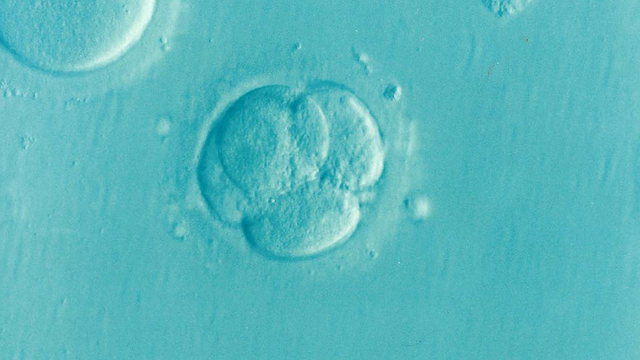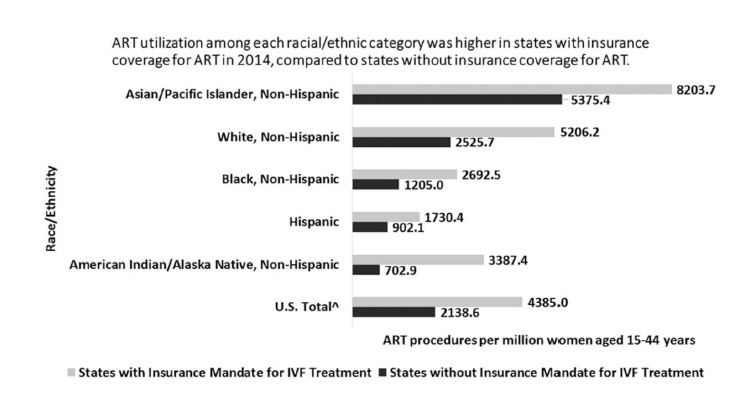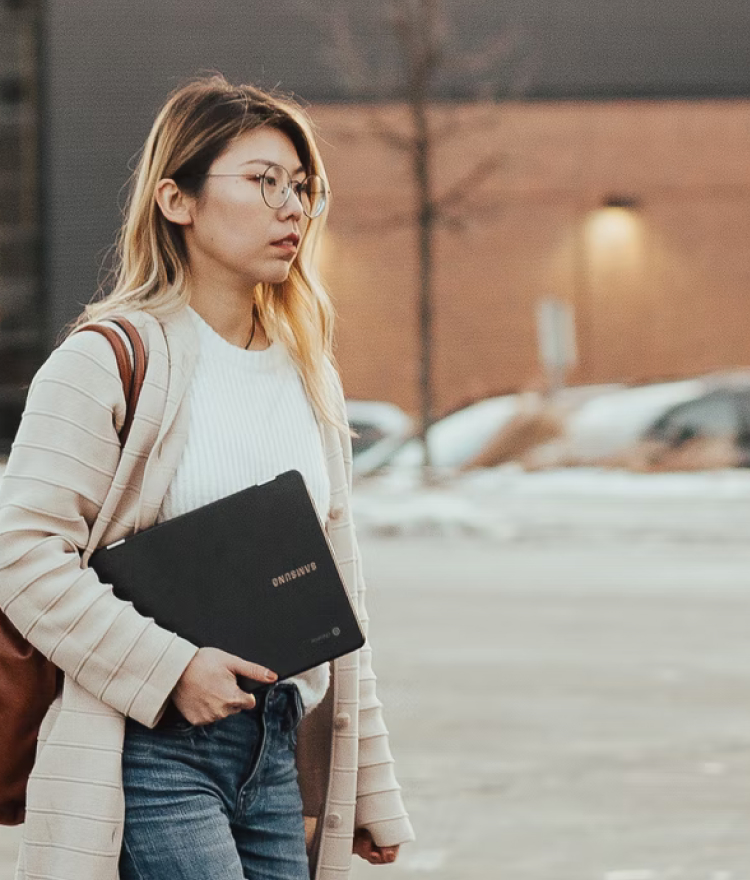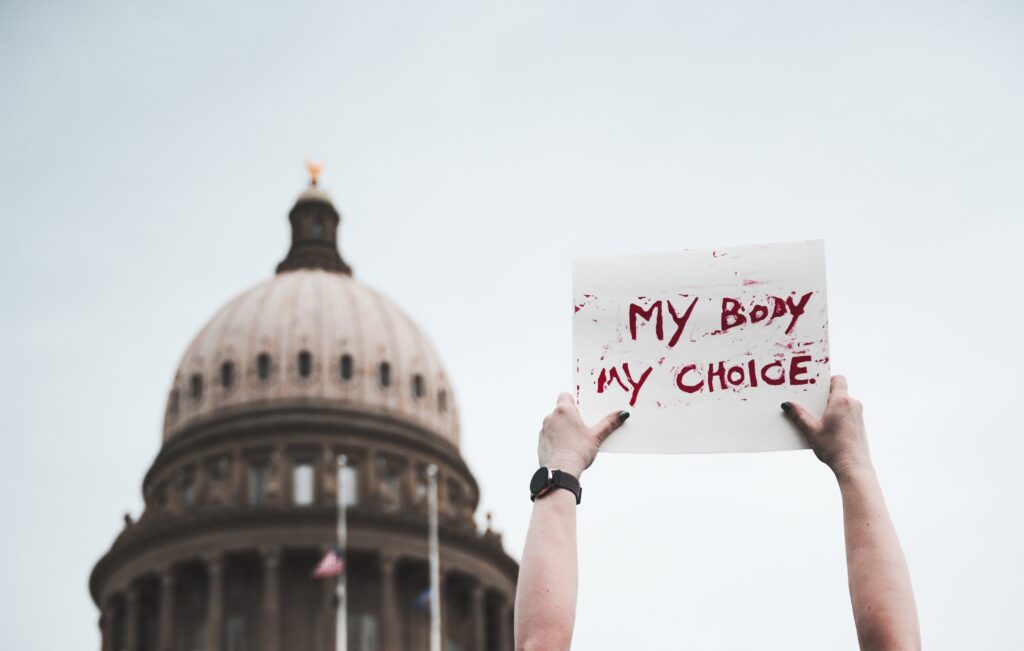Family, Government, Health
High use of in vitro fertilization (IVF) by Asian Americans
Alabama’s Supreme Court ruled on February 16th that frozen embryos can be considered children and protected under the state’s Wrongful Death of a Minor Act. This religious ruling has alarmed the fertility industry, doctors, patients, and even lawmakers. Fertility clinics in Alabama have halted their in vitro fertilization (IVF) services. Alabama’s ruling has wide-ranging implications and will likely disproportionately affect Asian Americans, who along with White Americans, have high use of IVF.

Update: Alabama’s governor signed SB 159 on March 6, 2024 that “provide civil and criminal immunity for death or damage to an embryo to any individual or entity when providing or receiving services related to in vitro fertilization.” The signed legislation is viewed as a short-term solution to allow clinics in state to resume services, but falls short of addressing the core question of whether an embryo created by IVF should be treated as a child under Alabama law.
The Alabama Supreme Court ruled on February 16th that frozen embryos can be considered children and protected under the state’s Wrongful Death of a Minor Act. This religious ruling has alarmed the fertility industry, doctors, patients, and even lawmakers. Fertility clinics in Alabama have halted their in vitro fertilization (IVF) services.
1 in 6 people globally and 12% to 15% of U.S. couples experience infertility.
Infertility is common
Around 12% to 15% of U.S. couples experience infertility, defined as failing to achieve pregnancy after a year of unprotected sex. The World Health Organization (WHO) also found infertility to affect 1 in 6 people globally across gender, racial, and social economic lines.
Predisposed to infertility
Infertility in Asian Americans is understudied, but available research has found Asian Americans to be genetically and environmentally predisposed to infertility.
- Asian women have significantly higher rates of endometriosis than White women (15.7% vs. 5.8%). Endometriosis is a condition where tissue similar to the uterus lining grows outside of the uterus.
- South Asian women are at a higher risk for Polycystic Ovarian Syndrome (PCOS), a common endocrine disorder that can lead to diabetes, heart disease, and infertility.
- Asian Americans are exposed to increased levels of methylmercury through diet, a known reproductive toxin often found in seafood.
Lowest fertility rate
In the U.S., Asian women (excluding Hawaiian and Pacific Islanders) have the lowest fertility rate at 49.6 births per 1,000 Asian women ages 15 – 44 according to data from the Centers for Disease Control and Prevention (CDC). The average age of U.S. new mothers has been rising, and for new Asian mothers their average age is the oldest of all races at 31.2 years old.
High use of IVF
Last year, Pew Research found 45% of English-speaking Asians and 48% of White respondents said that they either knew someone or themselves have used fertility treatments. For Asian Americans facing infertility, IVF is a popular fertility option despite facing racial disparities of lower success rates.
Among women who used assisted reproductive technology (ART), or in vitro fertilization, Asian and Pacific Islander women had the highest rates of utilization per a 2014 study.

IVF future
The use of IVF has steadily increased since its first successful birth in 1981. The CDC estimates that over 2% of U.S. babies are born each year from IVF. Alabama’s ruling has wide-ranging implications and will likely disproportionately affect Asian Americans who are looking to become parents or add to their families.
Helpful Resources
Asian Americans and Infertility: Genetic Susceptibilities, Sociocultural Stigma and Access to Care
Get a monthly dose of our latest insights!


About
myasianvoice
At MyAsianVoice, we connect Asian Americans to surveys and research to bridge the Asian data gap.
Join our growing respondent list >>
